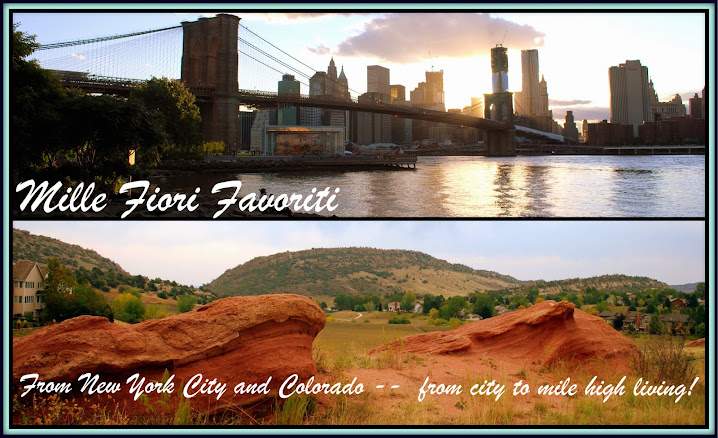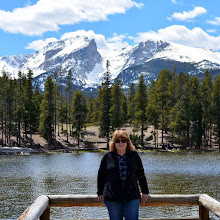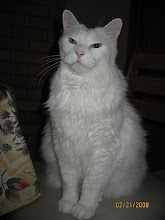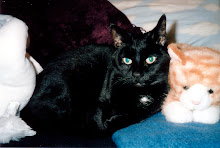Happy Easter!
I had to search my older photo files for Spring photos to make this collage of Easter scenes, because this is what it looks like here on the Front Range of Colorado right now...
We had a blizzard on Wednesday that left behind two feet of heavy, wet snow in my neighborhood. Winds reached 45 miles an hour and many areas lost power, including portions of the Denver International Airport which had to close for the first time in ten years due to the weather.
The snow did not prevent our granddaughter from having fun participating in a community Easter Egg Hunt. This fun annual event was not going to allow a snow storm to delay the festivities. She was excited to give the hostess of ceremonies, the Easter Bunny's carrot friend, a big hug afterward!
Our middle grandson had a fun 5th birthday party a week early, as he and his older brother and little sister and parents all went to celebrate his actual birthday in Disneyland! It was a very memorable vacation for them all, as the blizzard prevented them from coming home until Saturday. They enjoyed the few extra unexpected days by visiting the San Diego Zoo.
Finally, I was excited and honored to see some of my photography become part of the "Circle of Light" silent auction fundraiser for the Rocky Mountain Lions Eye Bank that took place at the Space Gallery in Denver. All proceeds from the auction are to support the eye bank and its mission to fight blindness.
If you remember, I was the recipient of a cornea transplant in my dominant eye in November of 2014. My cornea had been scarred cloudy by a virus. I was blind in that eye, but now, after the transplant, as well as subsequent cataract and glaucoma surgery, I have 20/30 vision! It really is a miracle, and I am forever grateful to my transplant donor.
The eye bank asked cornea transplant recipients to submit photographs that they took after their vision was restored, and out of the ten I submitted, six were chosen to be mounted on metal and placed in the auction, along with other recipient's photos. It was exciting to see that one of my photos actually received the highest bid of the evening! Can you guess which one?
As you can see the Rocky Mountain Lions Eye Bank has restored vision to many over their 33 years of existence. If you would like to learn more about signing up to be an organ donor, and giving the gift of sight, or even life, click here. As I learned at a seminar about donation, giving a part of yourself upon death is ending your life with a comma, and not a period. You can help someone else to see, or survive with a vital organ. What better way to honor life?
I'm linking this post to the following blog events:
Seasons, Amaze Me Monday, Mosaic Monday. Blue Monday, Through My Lens Monday, Life Through the Lens Monday, Mellow Yellow Monday, Good Random Fun, Nature Notes, Grand Social, Our World Tuesday, Ruby Tuesday, You're Gonna Love It Tuesday, Wordless Wednesday, Oh My Heartsie Girl . Wordless Wednesday, Outdoor Wednesday, Warm Heart Wednesday, Share Your Cup Thursday, Friday Photo Journal, Skywatch Friday, Share It One More Time, Pink Saturday
Thank you to all the blog hosts!































